Rob Koch – Functional Cognitive Activities for Adults with Brain Injury or Stroke
$200.00 Original price was: $200.00.$75.05Current price is: $75.05.
Therefore, therapy activities in this sequence have been structured to interweave the three global factors so that the patient interacts dynamically with other people, physical space, and time parameters during sessions.
Rob Koch – Functional Cognitive Activities for Adults with Brain Injury or Stroke
Typical therapy approaches used for rehabilitation of adults with cognitive deficits due to brain injury or stroke target primary cognitive sub-skills (memory, orientation, attention, etc.) in isolation. Therapy methods normally include tabletop activities, computer training, and pencil/paper tasks to improve underlying cognitive impairment. However, the learning associated with these methods does not always translate to the world outside the clinic. Patients may become frustrated with their lack of progress or find themselves unable to perform necessary tasks once they return to their home environment.
This recording introduces an innovative, alternative, and effective approach to TBI and stroke rehabilitation. It proposes that therapists dealing with cognitive deficits conduct therapy sessions that steer away from work on primary cognitive skills in isolation and switch to having the patient perform comprehensive activities in “real-life” environments. This is accomplished by utilization of a graded sequence of functional therapy activities. The main concept behind this approach is that three global factors influence the patient’s “real-life” functioning. These factors include the awareness and management of interpersonal relationships, the environment, and time constraints.
Therefore, therapy activities in this sequence have been structured to interweave the three global factors so that the patient interacts dynamically with other people, physical space, and time parameters during sessions. As the patient improves, expectations for sessions change as environmental demands increase and tasks become more complex. The levels of the sequence pertain to patients ranging from inpatient rehabilitation to those in community reintegration.Gain a better understanding of how patients’ successes in cognitive rehabilitation require a multidisciplinary effort, as well as an emphasis on “real-life” activities, to achieve maximum independence.
- Examine a sequence of functional therapy activities to use with adults with cognitive deficits due to brain injury and stroke
- Plan therapy sessions that emphasize real-life tasks and move away from tabletop activities
- Select meaningful therapy activities that match the patient’s interest areas and occupations
- Evaluate abilities and document progress by considering performance of real-life tasks in natural environments
- Assess how to grade and adjust the therapy environment to accommodate various levels of cognitive deficits
- Develop realistic caregiver instructions that support the rehabilitative process in the home
- Discover how this therapy approach can be applied by multiple disciplines to promote progress
DEVELOPMENT OF THE APPROACH
- The foundation of this approach
- What is functional activity?
- The three global elements of “real-life” activity
- interpersonal awareness and management
- environmental awareness and management
- time awareness and management
MODELS OF INTERVENTION FOR COGNITIVE REHABILITATION
- Remedial vs. compensatory vs. combination approaches
- Multidisciplinary implications
- coordinating the effort to increase patient’s independence
FUNCTIONAL COGNITIVE EVALUATION
- Establishing levels
- Low-level tasks
- Mid-level tasks
- High-level tasks
- Awareness and emotion
Would you like to receive Rob Koch – Functional Cognitive Activities for Adults with Brain Injury or Stroke ?
SETTING GOALS AND MEASURING PROGRESS
- Progress checklists
- Functional goal setting
ACTIVITY DESIGN, SETUP AND IMPLEMENTATION
- Preparing for sessions in advance
- Ready-made materials
- Grading the environment
- Relevance to patient’s interests and occupations
- Applications for the teenage population
CAREGIVER SUGGESTIONS
- Follow through in the home
- Ideas for community reintegration
OVERVIEW OF THE EIGHT ACTIVITY LEVELS
- Level 1: Initiating the Next Step
- Level 2: What Time is It?
- Level 3: Looking Around
- Level 4: Follow a Time Schedule
- Level 5: Beyond the Room
- Level 6: Organize the Therapy Session
- Level 7: Out the Door
- Level 8: Planning/Multitasking
DETAILED DISCUSSION OF EACH OF THE EIGHT ACTIVITY LEVELS ABOVE
- Specific activities at each level
- Contrast characteristics of activities between levels
- Case examples
- Time awareness and management factors
- Environmental awareness and management factors
- Interpersonal awareness and interaction factors
Be the first to review “Rob Koch – Functional Cognitive Activities for Adults with Brain Injury or Stroke” Cancel reply
Related products
NLP - Self-help - Dating
NLP - Self-help - Dating
NLP - Self-help - Dating
Jacob Sokol – Quadruple Your Coaching Biz 19 expert sessions
NLP - Self-help - Dating
NLP - Self-help - Dating
NLP - Self-help - Dating
NLP - Self-help - Dating
NLP - Self-help - Dating



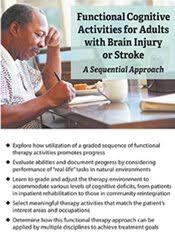
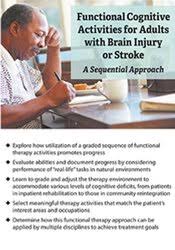




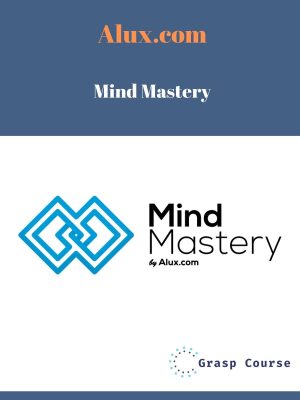
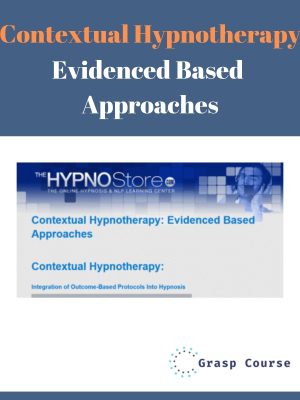

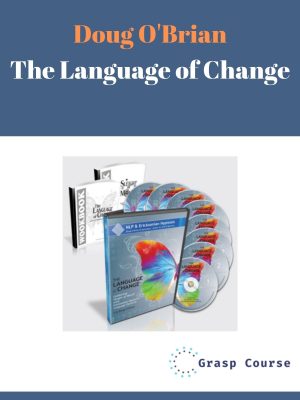
Reviews
There are no reviews yet.